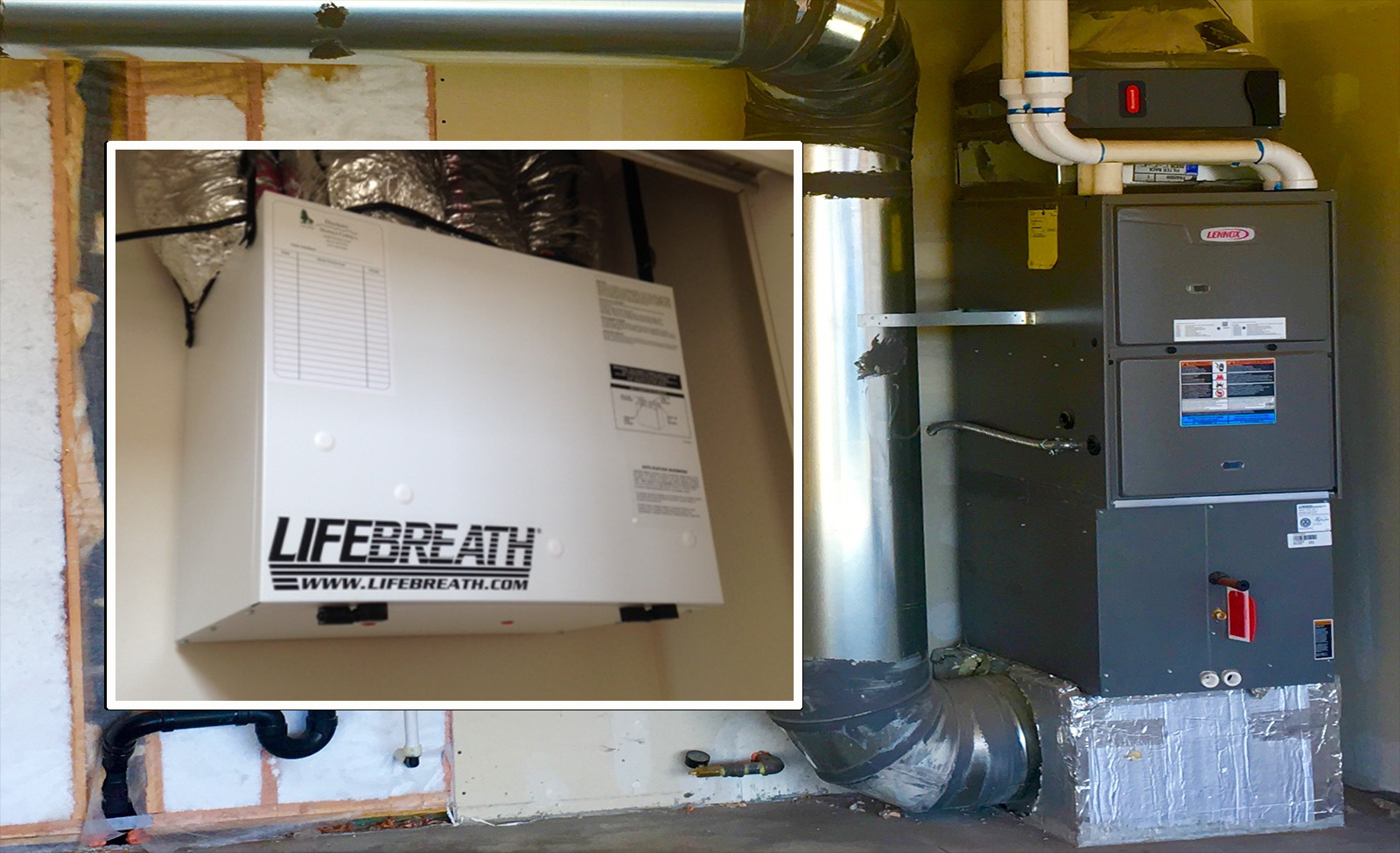Breaking Down HRV: A Step-by-Step Introduction
Wiki Article
Discovering the Advantages of Heat Recovery Ventilation for Power Efficiency in Houses
Heat Recovery Ventilation (HRV) systems supply homeowners a useful strategy to improving power effectiveness. By redeeming heat from outward bound air, these systems can substantially decrease cooling and heating prices. In addition, they give a stable supply of fresh air, improving interior air top quality and convenience levels. As homeowners take into consideration lasting alternatives, understanding the nuances of HRV systems comes to be increasingly essential. What variables should one assess before making such a financial investment?Comprehending Heat Recovery Ventilation Systems

Exactly How HRV Enhances Indoor Air Quality

Power Cost Savings: The Economic Benefits of HRV
Making the most of energy performance, heat recovery ventilation (HRV) systems supply substantial monetary benefits for home owners. By recuperating and recycling heat from exhaust air, HRVs markedly minimize heating & cooling costs. This technology can result in power cost savings of approximately 30%, relying on environment and use patterns. House owners typically discover reduced energy costs quickly after installment, making HRVs a monetarily wise financial investment over time. Additionally, numerous areas supply rewards or rebates for energy-efficient upgrades, further improving the financial allure. As energy prices remain to climb, the cost-effectiveness of HRVs ends up being significantly clear. Generally, the incorporation of HRV systems not just promotes power efficiency however also adds to long-lasting monetary savings for families.The Environmental Effect of Heat Recovery Ventilation
A substantial ecological benefit of heat recovery ventilation (HRV) systems exists in their capability to minimize general energy usage. By recovering warm from exhaust air and moving it to incoming fresh air, HRV systems reduce the need for energy-intensive home heating and cooling down methods. This reduction in power need adds to decrease greenhouse gas emissions, as much less fossil gas is needed to keep navigate to these guys comfy interior temperatures. In addition, HRV systems improve interior air top quality by efficiently exchanging stale air with fresh outside air, decreasing dependence on mechanical air conditioning systems that can damage the atmosphere. In general, the implementation of HRV systems sustains lasting living practices and lines up with international initiatives to fight environment adjustment by advertising energy effectiveness in household setups.
Choosing the Right HRV System for Your Home
Just how can property owners ensure they pick the appropriate heat recovery ventilation (HRV) system for their requirements? Initially, they must analyze their home's size and layout, as these factors affect air flow demands. Next, assessing the system's effectiveness ratings is essential, as higher scores suggest better efficiency and energy financial savings. Property owners should likewise consider installment and maintenance costs, contrasting different brands and versions for value. In addition, it is essential to review sound degrees, as some systems operate even more quietly than others. Consulting with heating and cooling experts can give tailored referrals based on details home conditions. Analyzing customer reviews and warranties can help in making a notified decision, guaranteeing that the picked HRV system successfully improves indoor air top quality and power efficiency.Frequently Asked Concerns

How Commonly Should I Tidy or Keep My HRV System?
The regularity of cleaning or preserving a warmth recovery air flow (HRV) system normally relies on use and environmental variables. Generally, it is recommended to do maintenance every six months to assure peak performance and air high quality.
Can HRV Solutions Help Reduce Humidity Levels Inside Your Home?
HRV systems can successfully lower indoor humidity degrees by exchanging stale, damp air with fresh, drier air from outside. HRV Heat Recovery Ventilation. This procedure assists maintain a well balanced interior environment, boosting convenience and preventing moisture-related problems
What Is the Life-span of a Common HRV System?
The life-span of a common heat recovery ventilation (HRV) system varies, generally discover this info here lasting in between 10 to 15 years. Regular maintenance can expand its effectiveness and functional life, making certain peak efficiency throughout its use duration.Exist Any Noise Interest In HRV Systems?
Noise worry about HRV systems can view website occur, particularly from fan procedure. However, lots of contemporary devices are made to lessen sound levels, guaranteeing they run quietly while preserving effectiveness, which resolves prospective disturbances in living environments.Can I Install an HRV System Myself, or Do I Need an Expert?
The individual contemplated whether to mount the heat recovery ventilation (HRV) system directly or employ a specialist. Usually, while do it yourself setup is feasible, know-how guarantees correct capability and compliance with neighborhood building ordinance, enhancing system performance.Report this wiki page